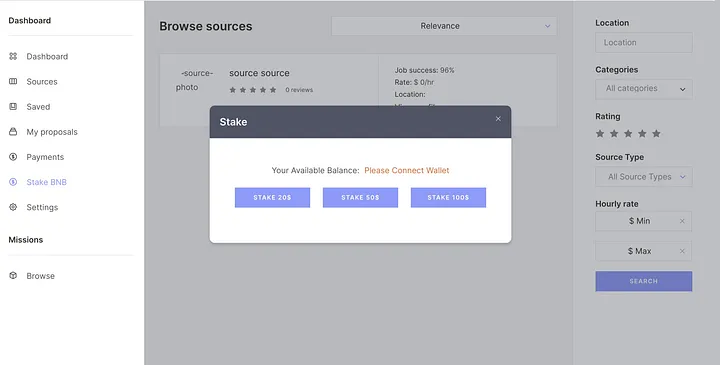If you’ve been around the block lately, you may have heard some hubbub surrounding the term WFA Culture. To put it simply, WFA Culture stands for Work From Anywhere Culture. It represents the idea that clocking in at a workplace just to be there is pointless. It supports the idea that allowing people to work remotely is much better for their mental health and productivity.

Many people discuss the pros and cons of WFA culture, but nowadays, things lean heavily towards positives. The advent of modern gadgetry and the internet makes staying connected to work a simple prospect. It cuts out on the unnecessary travel costs and time, it keeps workers in a more comfortable environment. Most importantly, it allows workers to be more flexible with how they work.
Common cons include the idea that general employee management is more difficult. Since workers aren’t close proximity, micromanaging what they do is harder. It also means optimal productivity management is harder to gain, since employees work around deadlines.
What’s odd then are how these cons actually factor into a better working environment. Companies that adopt WFA Culture generally find that their employees have much higher job satisfaction compared to traditional workers. Less pressure and more freedom means more motivation, and it inevitably leads to higher productivity. In a roundabout way, the cons actually do disprove themselves.
With WFA Culture, workers can use their mornings productively instead of spending them commuting. Clocking in and out are relics of a bygone era. Mornings should always be spent on healthy routines, not rushing to punch in an arbitrary number. It’s better for your employees’ body and sanity, and they will appreciate it greatly.
Not only is more time allocated to actually working, but the menial work that’s done early is doable from anywhere. There’s no point heading to an office just to do something that could’ve been done at home. On top of that, in-person meetings can still be scheduled, just at more practical times in more practical places with less congestion. Even work meetings can be done through applications like Google Meet, Zoom and other platforms.
It’s important to remember, workers aren’t machines. They aren’t meant to be workhorses, used simply as a means to an end. We’re all people, and we can all recognize the importance of having a healthy working schedule. Technology allows us to be more flexible while keeping deadlines and productivity up nowadays. The onus is simply on us to make a change for the better with WFA Culture.




